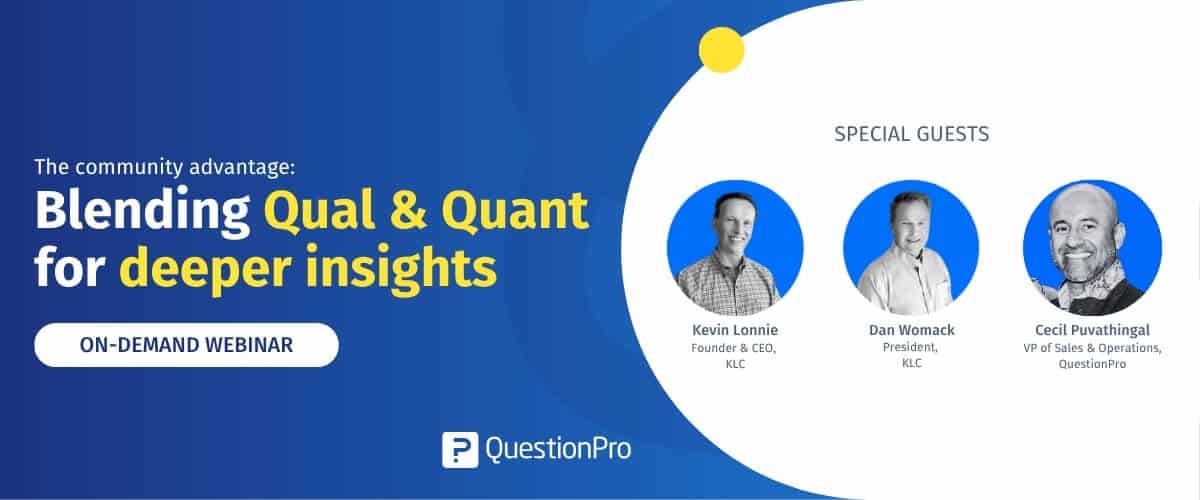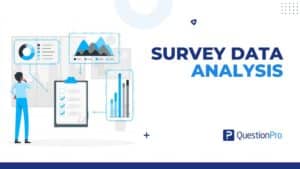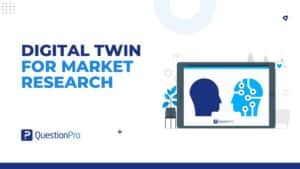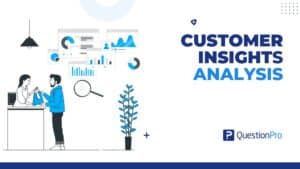
When numbers don’t tell the whole story, that’s when mixed research becomes a game-changer. Combining the what from quantitative data with the why uncovered through qualitative insights provides the depth that businesses need to understand shifting customer behaviors and make smarter decisions.
Cecil Puvathingal, VP of Sales & Operations at QuestionPro, recently sat down with Kevin Lonnie, Founder & CEO of KLC, and Dan Womack, President of KLC, to talk about how blending qualitative and quantitative research methods is changing the way businesses generate insights and act on them faster.
Why mixing quant & qual research is gaining ground.
Dan Womack identifies two primary forces driving this shift. First, uncertainty in the market, ranging from economic shifts to rapid changes in consumer habits, is causing traditional quantitative studies to yield unexpected results. “You start seeing things that don’t make sense,” Dan explains. This pushes companies to dig deeper and ask why with qualitative research.
Second, technology is making it easier than ever to blend approaches. AI-powered tools can quickly analyze and summarize qualitative feedback, making it scalable and affordable to combine with quantitative data analysis.
Access our webinar and watch this great on-demand talk to learn about this fascinating phenomenon found in today’s research.

Quality at scale: The new reality
Kevin Lonnie calls blended research the “holy grail” because it brings together the strengths of both worlds: qualitative insights provide context and explanation, while quantitative data offers scale and certainty.
Historically, this combination was expensive and slow. Now, thanks to AI, researchers can quickly code open-ended responses, identify themes, and generate summaries that used to take weeks. This is what Kevin calls the quality scale, delivering rich qualitative insights with the speed and efficiency of quantitative research.
Dan adds that quality expectations for open-ended responses are rising. “Some of the tools we have now bring back the richness of phone interviews but at online speed and cost,” he says.
Despite AI’s growing role, human judgment remains irreplaceable. Maintaining a community of engaged respondents ensures authentic qualitative feedback. Cultural context, ethical considerations, and the nuance that experienced researchers provide can’t be replaced by machines. AI accelerates analysis but works best when combined with human expertise, striking the right balance between technology and the irreplaceable human touch.
When to blend and when to separate
Choosing between mixed and standalone methods ultimately comes down to managing trade-offs, including budget, timeline, and business needs. Kevin sums it up: “You don’t always need Neiman Marcus or Five Below, you want the best value.”
Dan stresses the importance of knowing your audience as well. Some stakeholders prefer numbers; others respond better to stories and qualitative evidence. The best research approach meets the needs of those who must act on the insights.
While many researchers naturally prefer either qualitative or quantitative work, being skilled in both becomes crucial at senior levels. Cross-training boosts a researcher’s ability to communicate findings and adapt to different situations.
Unlock smarter insights with blended research.
Blending qualitative and quantitative research is no longer optional; it’s a market research best practice. Thanks to AI, businesses can achieve richer, faster insights at scale, balancing technology with human expertise.
By carefully weighing tools, timelines, and audience needs, organizations can better understand complex customer behaviors and make confident decisions that drive growth.
Discover how QuestionPro Communities enable you to combine qualitative insights and quantitative data analysis with our new practical guide designed to help you unlock this potential. Grab your free copy now!







